CECIL KUHNE
NEAR DEATH
IN THE
MOUNTAINS
Cecil Kuhne is the editor of three previous anthologies on adventure travel, On the Edge, The Armchair Paddler, and Near Death on the High Seas. A former whitewater rafting guide, he has also written nine books about rafting, kayaking, and canoeing. He lives in Dallas.
ALSO EDITED BY CECIL KUHNE
Near Death on the High Seas
On the Edge
The Armchair Paddler
 A VINTAGE DEPARTURES ORIGINAL, JULY 2008
A VINTAGE DEPARTURES ORIGINAL, JULY 2008
Copyright 2008 by Cecil Kuhne
All rights reserved. Published in the United States by
Vintage Books, a division of Random House, Inc., New York,
and in Canada by Random House of Canada Limited, Toronto.
Vintage is a registered trademark and Vintage Departures
and colophon are trademarks of Random House, Inc.
Permissions appear at the end of the book.
Cataloging-in-Publication Data is on file
at the Library of Congress.
eISBN: 978-0-307-79370-6
www.vintagebooks.com
v3.1
CONTENTS
FOREWORDfrom Eiger Dreams
JON KRAKAUER
NO PICNIC ON MOUNT KENYA
FELICE BENUZZI
THE MOUNTAINS OF MY LIFE
WALTER BONATTI
MINUS 148:
The Winter Ascent of Mt. McKinley
ART DAVIDSON
THE WHITE SPIDER:
The Classic Account of the Ascent of the Eiger
HEINRICH HARRER
ANNAPURNA:
First Conquest of an 8,000-meter Peak [26,493 Feet]
MAURICE HERZOG
EVEREST:
The West Ridge
THOMAS F. HORNBEIN
MIRACLE IN THE ANDES:
72 Days on the Mountain and My Long Trek Home
NANDO PARRADO
IN THE ZONE:
Epic Survival Stories from the Mountaineering World
PETER POTTERFIELD
THE MOUNTAIN OF MY FEAR
DAVID ROBERTS
NANDA DEVI:
The Tragic Expedition
JOHN ROSKELLEY
TOUCHING THE VOID
JOE SIMPSON
SAVAGE ARENA
JOE TASKER
PREFACE
Struggling through thin air to reach a snowcapped and wind-whipped summit has to be about more than just admiring the view on top. At such altitudes breathing becomes difficult, and the climber is operating in an atmosphere as inhospitable as that of the deep-sea diver. Any endeavor in which a single misstep can send you hurtling backward into darkness to your death is not easily or quickly explained.
Interestingly enough, the collection of books we call mountaineering literature constitutes the most literate among adventure pursuits. This accounts for the sizable and avid population of armchair mountaineers who enjoy reading about alpine travails but who are perfectly content not to leave their living rooms. The whole genre of books has the comfortable feel of an English mountaineering club, full of tweed-jacketed climbers sitting around in overstuffed leather chairs, pipes ablaze, talking about their next journey to the Hindu Kush.
But, believe me, the alpine dangers out there are very real. Heading toward the crest of a jagged peak with, at most, a rope and a pack full of carabiners and pitons is not for the faint of heart. These protections against falling are illusory, for one false move and you may be gone forever. There is always the possibility that your companion will slip and bring you down with him. Or, even worse, that you are able to stabilize yourself while your colleague dangles helplessly in midair and the pitons above you start to pop out of the rock wall like buttons on a cheap suit. Do you take the knife and cut the poor soul free to save your own life?
The collection before you, I believe, represents the finest climbing memoirs in the field, and the writers convey their passions in ways that are irresistible. They describe the beauty of high places, to be sure, but, more important, they explain their obsession to reach the top in ways that the rest of us can relate to but never fully comprehend. The stories here include peaks from around the world. Many are renowned, like Everest, but others are less familiar but equally challenging, especially when the weather suddenly turns ugly, which it is apt to do when humans are present.
And when climbers fall, as sometimes happens, there is no sudden awakening for them from a bad dream. Often their tattered bodies are never recovered. Other dangers also await. One particularly haunting story included here concerns a young woman who was the daughter of a famous mountaineer and who died of high-altitude sickness while attempting to scale the mountain for which she was named.
When the famous British mountaineer George Mallory was asked why he wanted to climb Mount Everest, he replied, Because it is there. Perhaps in the end all other answers are hopelessly superficial.
Cecil Kuhne
Dallas, Texas
FOREWORD
Eiger Dreams
JON KRAKAUER
The sunshine came on October 8, along with a promise from the meteorologists that there would be no precipitation for at least five days. We gave the Nordwand the morning to slough off the post-foehn accumulation of snow, then hiked through crotch-deep drifts over to the base of the route, where we set up a hastily patched-together tent. We were in our sleeping bags early, but I was too scared to even pretend to sleep.
At 3 a.m., the appointed hour to start up the wall, it was raining and some major ice and rockfall was strafing the face. The climb was off. Secretly relieved, I went back to bed and immediately sank into a deep slumber. I awoke at 9 a.m to the sound of birds chirping. The weather had turned perfect once again. Hurriedly, we threw our packs together. As we started up the Nordwand my stomach felt like a dog had been chewing on it all night.
We had been told by friends who had climbed the Nordwand that the first third of the standard route up the face is way casual. It isnt, at least not under the conditions we found it. Although there were few moves that were technically difficult, the climbing was continuously insecure. A thin crust of ice lay over deep, unstable powder snow. It was easy to see how Ragone had fallen; it felt as though at any moment the snow underfoot was going to collapse. In places where the wall steepened, the snow cover thinned and our ice axes would ricochet off rock a few inches beneath the crust. It was impossible to find anchors of any kind in or under the rotting snow and ice, so for the first two thousand feet of the climb we simply left the ropes in the packs and soloed together.



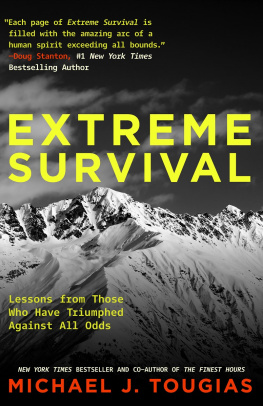


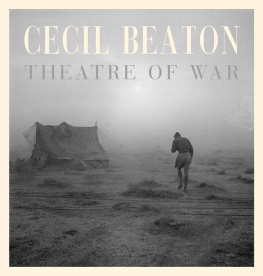
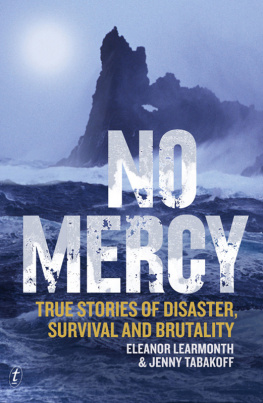


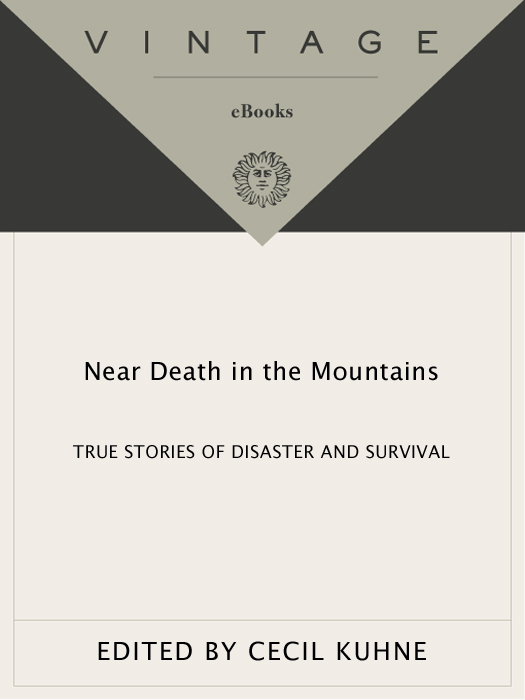

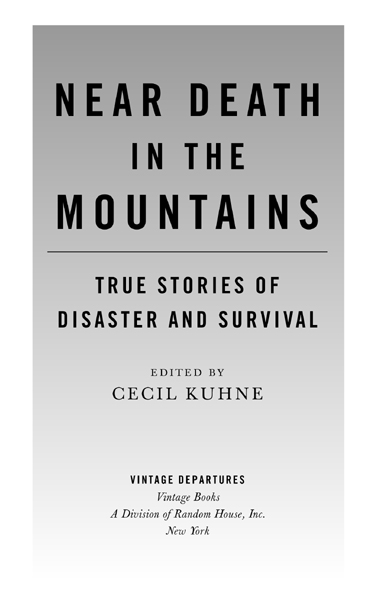
 A VINTAGE DEPARTURES ORIGINAL, JULY 2008
A VINTAGE DEPARTURES ORIGINAL, JULY 2008